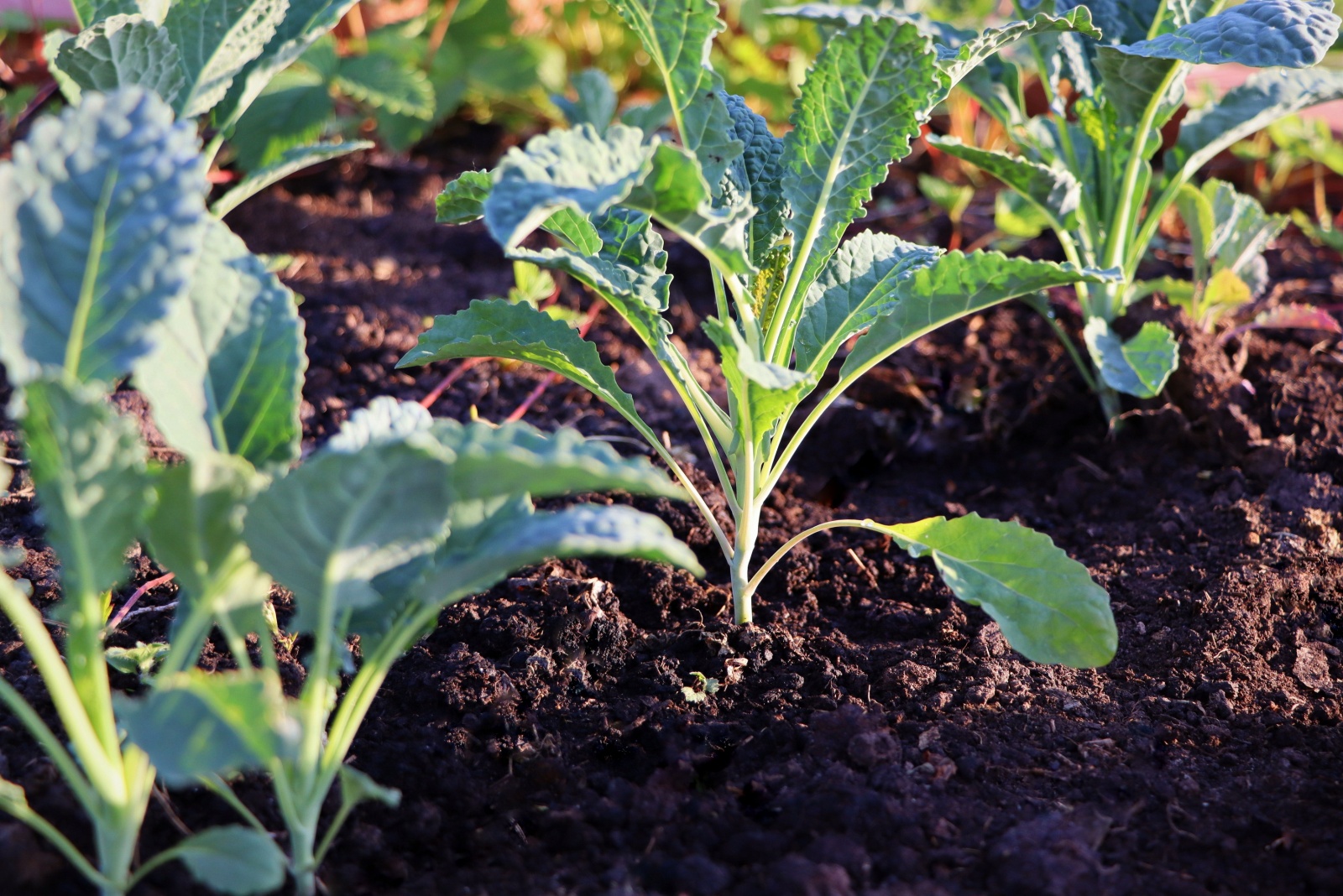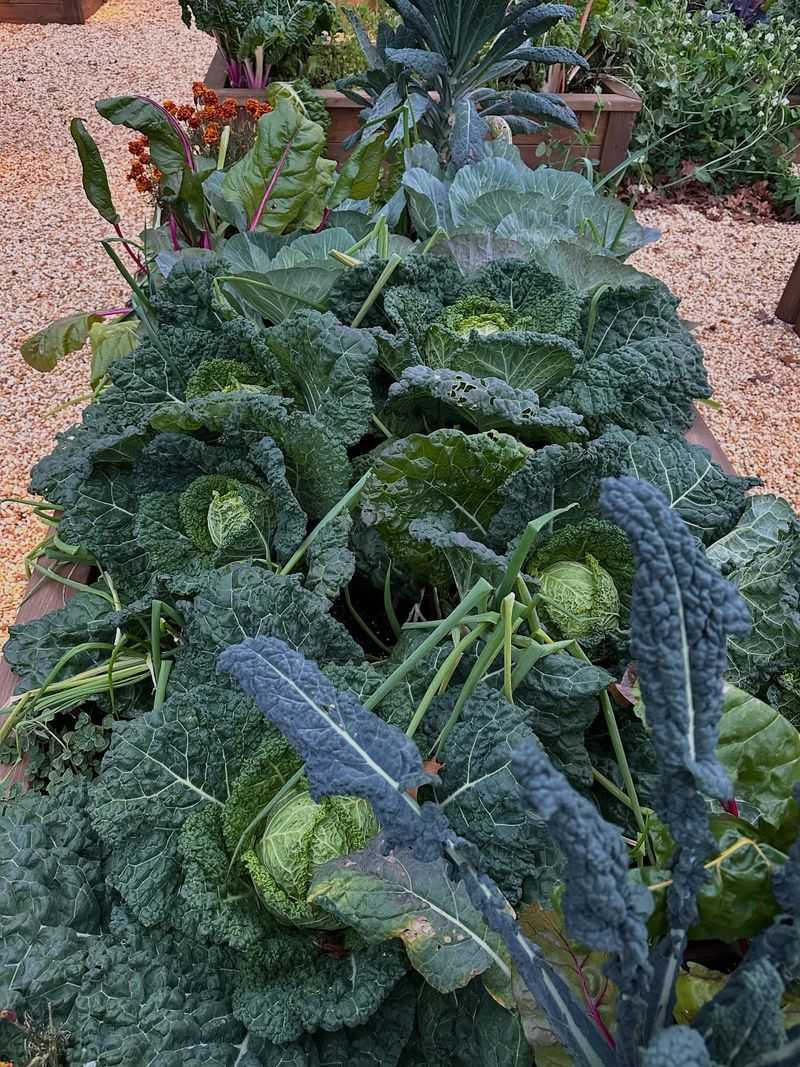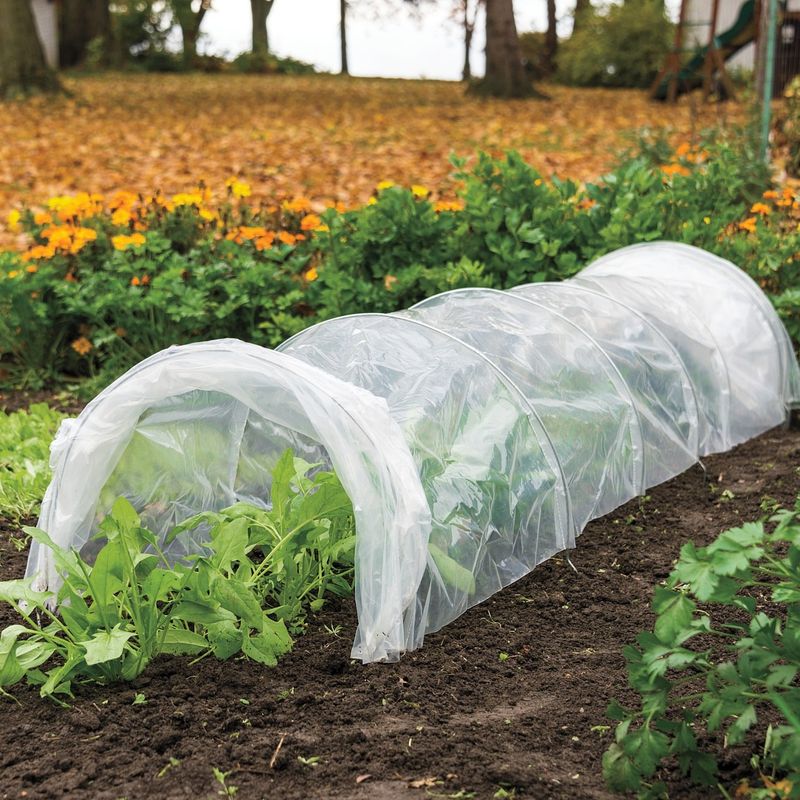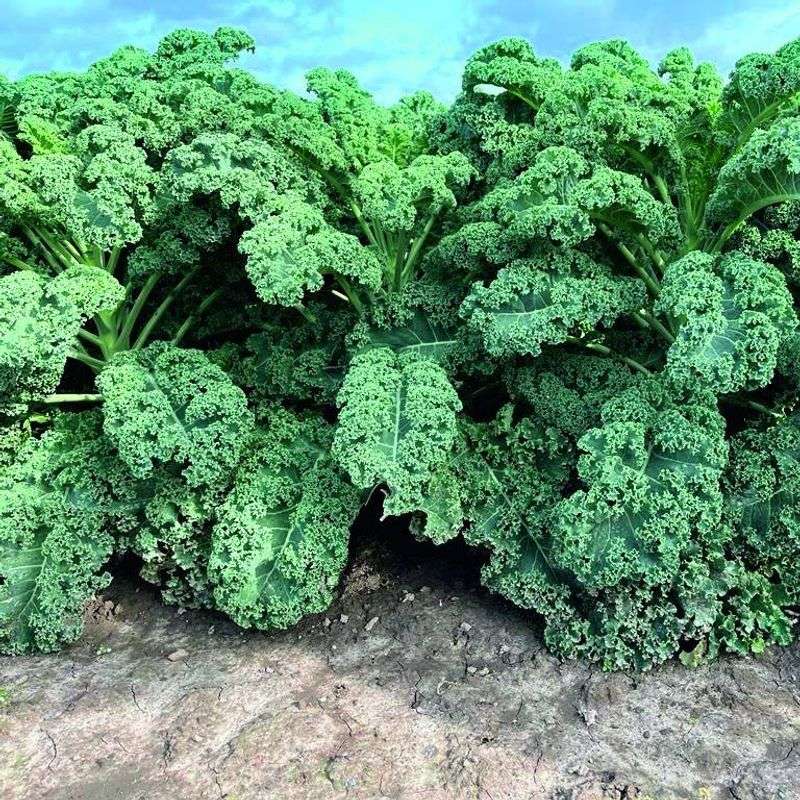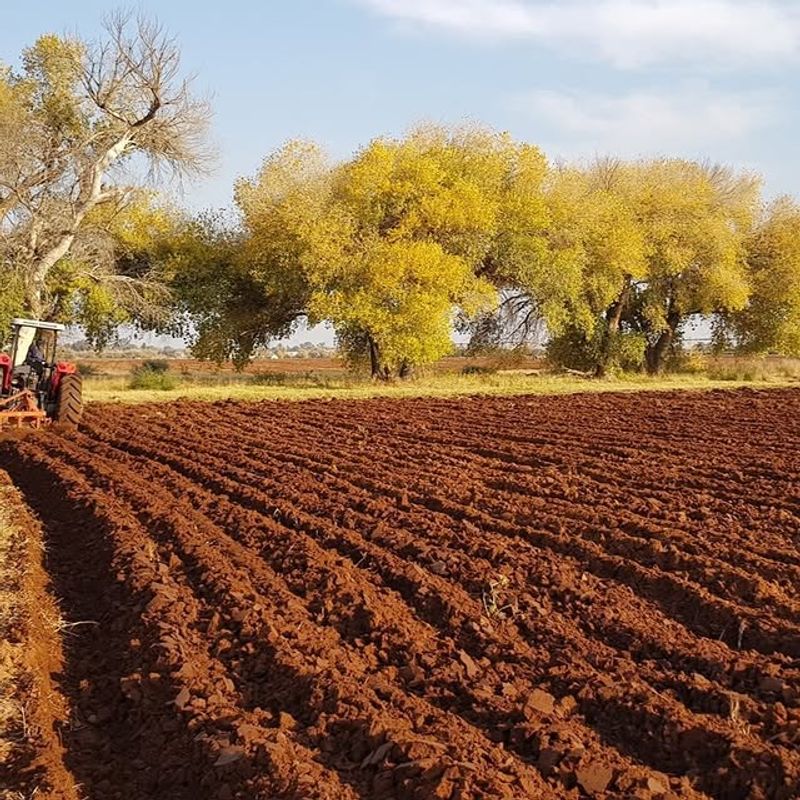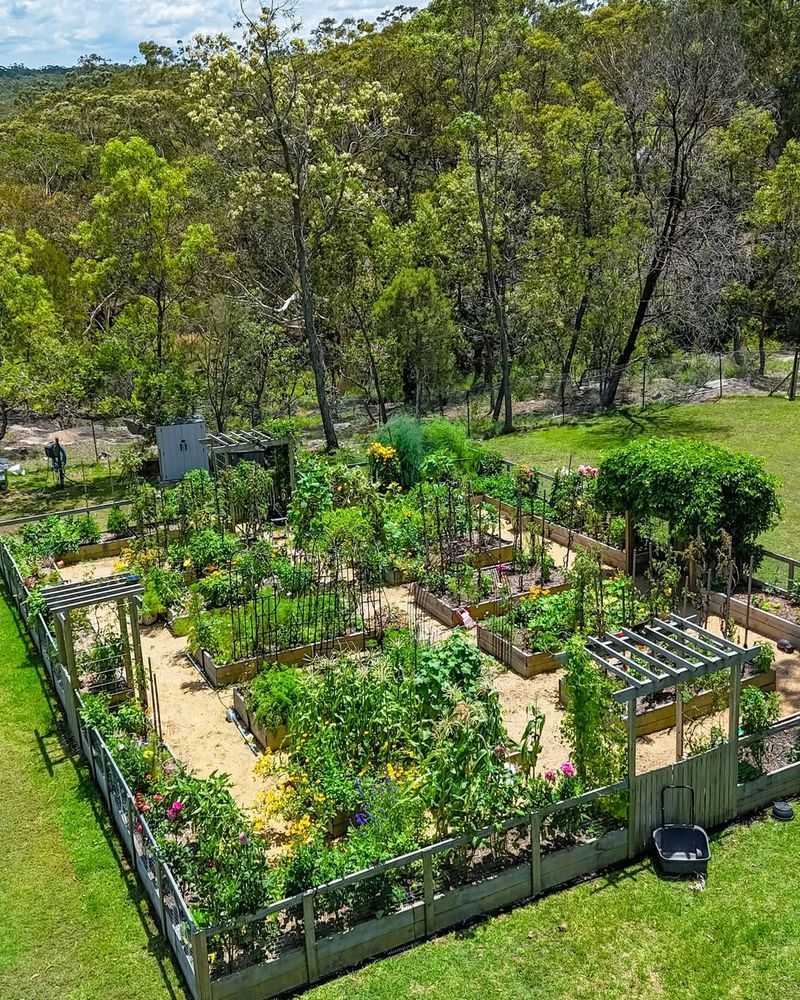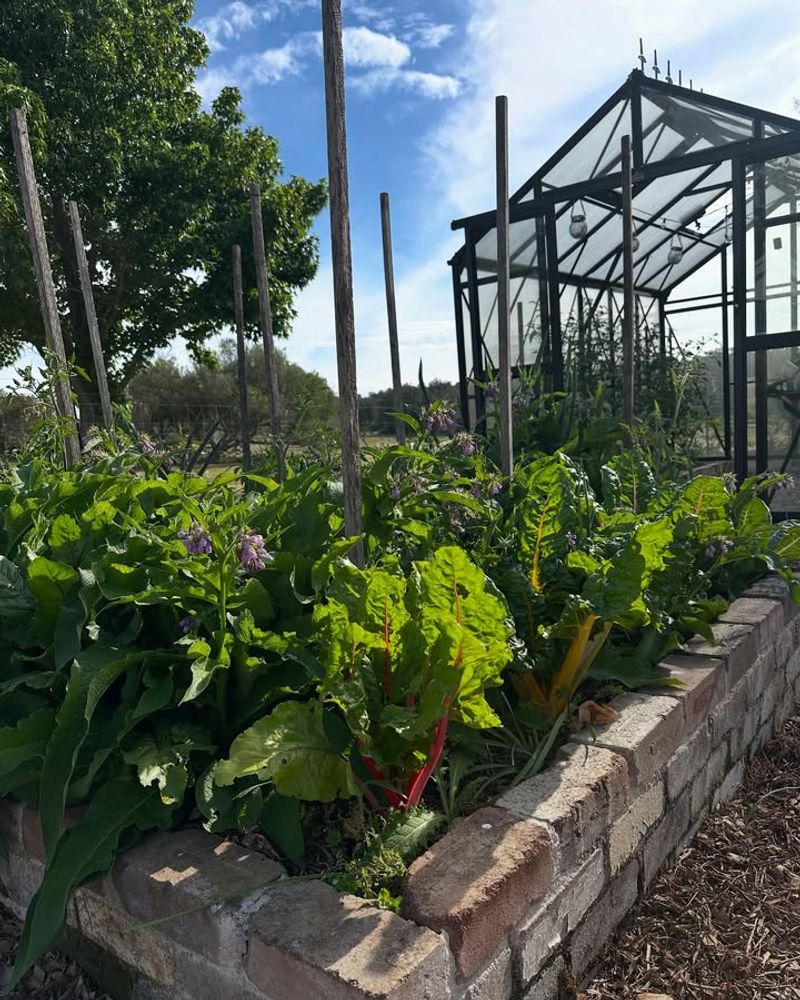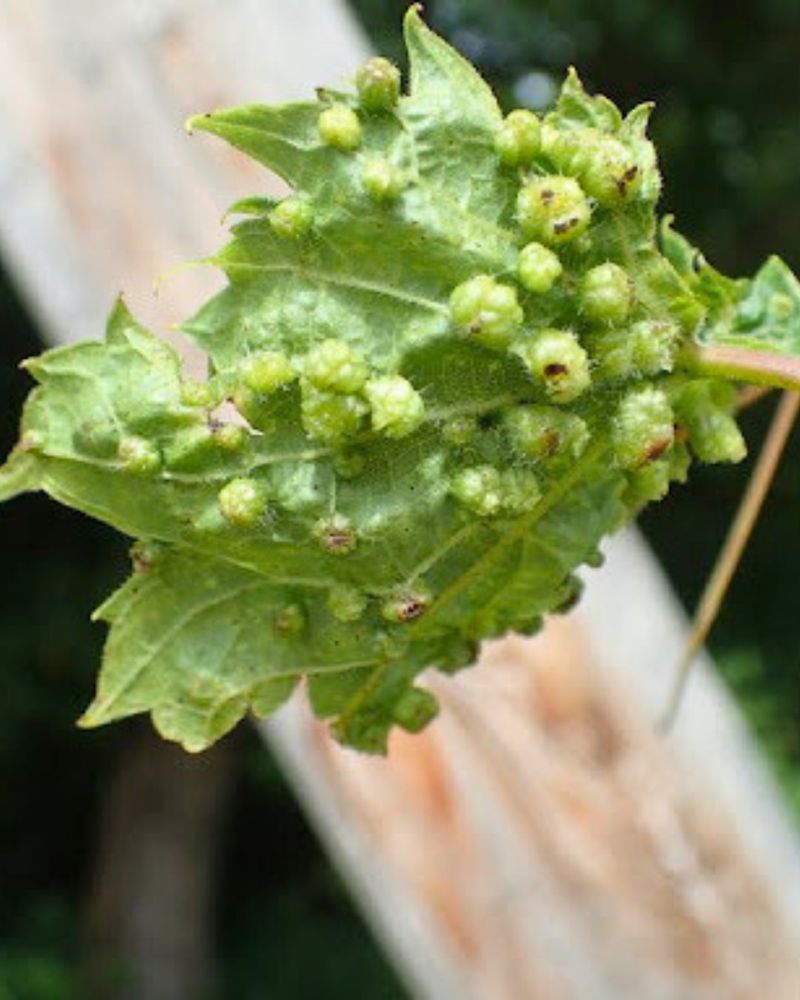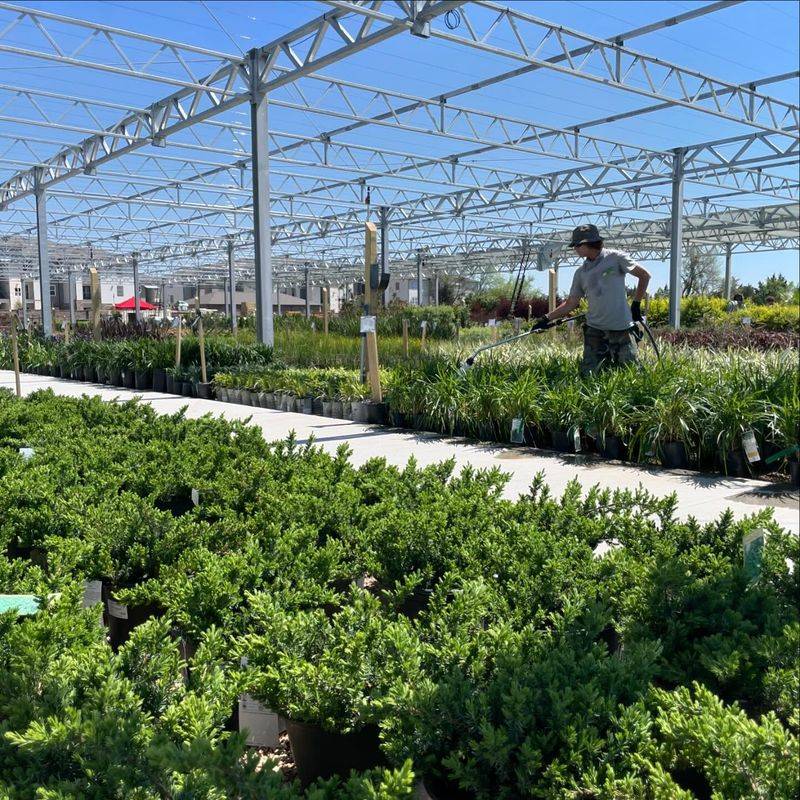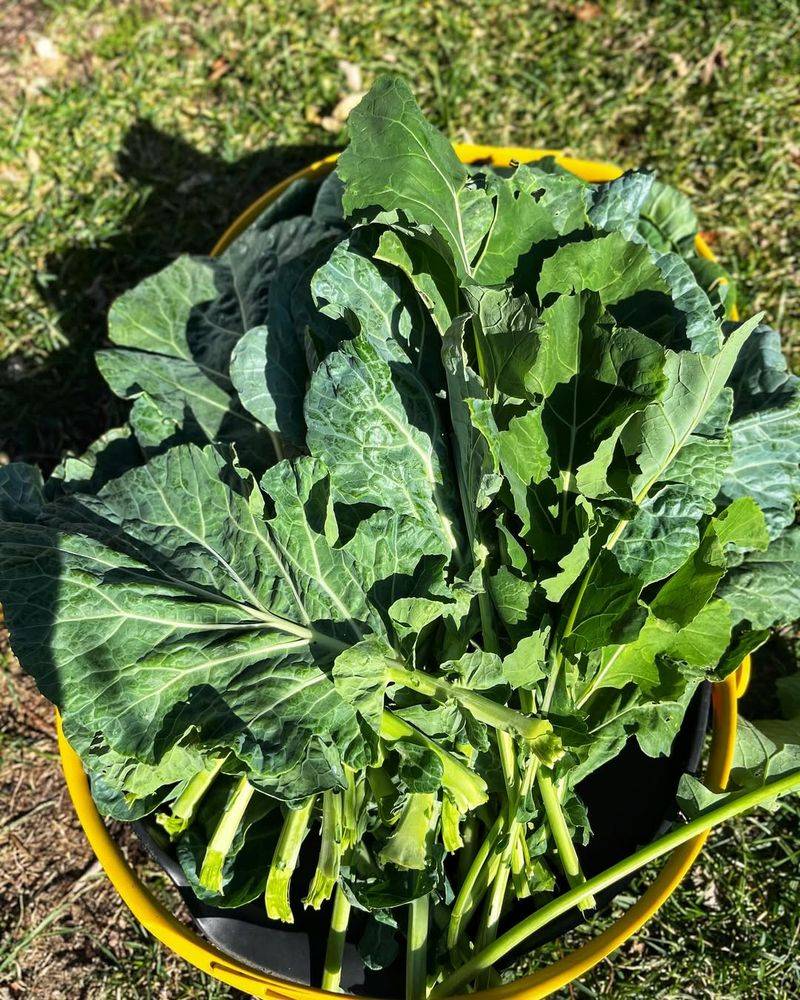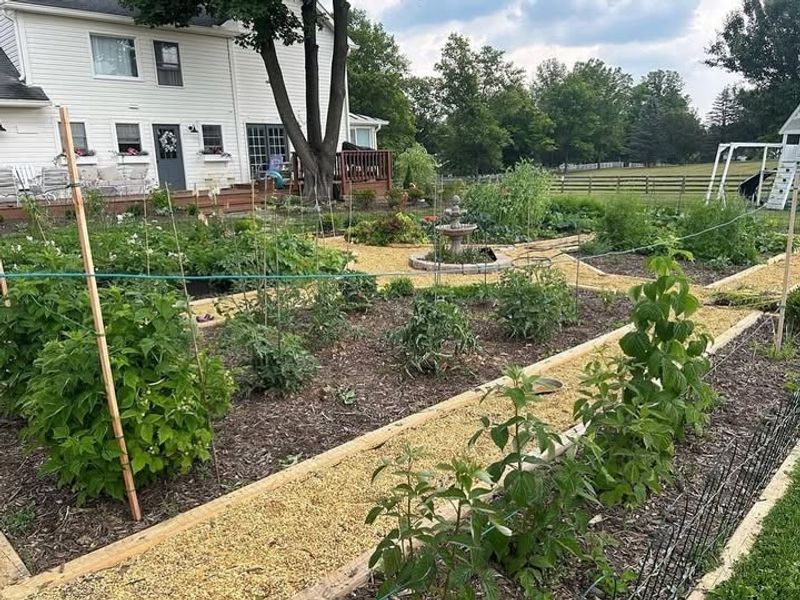Winter greens may be tough, but even the hardiest crops can stumble when Texas homeowners treat them the same way they do in spring or fall.
Between unpredictable cold snaps, warm spells that show up out of nowhere, and soil that swings from dry to soggy in a heartbeat, it’s easy to make a few missteps that leave greens struggling instead of thriving.
With a little know-how and a few simple tweaks, you can avoid the classic mistakes and keep your winter beds producing crisp, healthy leaves all season long.
Planting Too Late In The Season
Waiting until December to start your winter greens means you’ve already missed the best window. Most leafy vegetables need time to establish roots before the coldest weather arrives, typically requiring six to eight weeks of growing time.
Plant spinach, lettuce, and kale between late September and early November for Texas gardens. Earlier planting gives seedlings strength to handle temperature drops.
Missing this timeline leaves you with stunted growth and disappointing yields that never reach their full potential.
Ignoring Frost Protection Needs
Thinking Texas winters are always mild can cost you your entire crop overnight. Even our moderate climate delivers surprise freezes that damage tender greens without warning.
Row covers, frost blankets, or even old bedsheets provide crucial protection during cold snaps. Check weather forecasts regularly and cover plants when temperatures threaten to dip below freezing.
A little preparation saves weeks of work and keeps your harvest thriving through unpredictable weather patterns that catch unprepared gardeners off guard.
Choosing The Wrong Varieties
Not all greens handle Texas winters equally well. Some varieties bred for northern climates actually struggle with our temperature swings and occasional warm spells that confuse their growth cycles.
Select heat-tolerant, bolt-resistant varieties specifically recommended for Southern gardens. Texas A&M Extension suggests varieties like Winterbor kale, Tyee spinach, and Black-Seeded Simpson lettuce.
These cultivars handle our unique climate better than generic options, giving you reliable harvests instead of disappointing failures that leave garden beds empty.
Skipping Soil Preparation
Tossing seeds into tired summer soil rarely produces good results. Winter greens demand nutrient-rich, well-draining beds to develop properly during their growing season.
Amend beds with compost and organic matter before planting, working it deeply into the soil. Test pH levels and adjust to around 6.0-7.0 for optimal nutrient uptake.
Proper preparation creates the foundation for healthy growth, while neglected soil leaves plants struggling for resources they desperately need to produce tender, flavorful leaves worth harvesting.
Planting In Full Shade
Winter sun sits lower in the sky, and shadows stretch longer across your yard. Spots that received plenty of summer light might become too shaded for productive winter growing.
Greens still need at least four to six hours of direct sunlight daily, even in cooler months. Observe your garden’s winter light patterns before planting, noting how shadows shift throughout the day.
Choose locations that maximize available sunshine, or your plants will stretch and weaken, producing disappointing leaves instead of robust harvests.
Crowding Plants Too Closely
Squeezing extra plants into limited space seems smart but creates multiple problems. Crowded greens compete for nutrients, water, and airflow, making them vulnerable to disease and producing smaller, tougher leaves.
Follow spacing recommendations on seed packets—typically four to six inches for lettuce and spinach. Proper spacing allows air circulation that prevents fungal issues common in humid Texas winters.
Thinning seedlings feels wasteful, but it gives remaining plants room to develop into full-sized, healthy specimens worth eating.
Neglecting Pest Monitoring
Assuming pests disappear in winter is a costly mistake. Aphids, cabbage worms, and slugs remain active during mild Texas winters, happily munching through your greens while you’re not watching.
Inspect plants weekly, checking undersides of leaves where pests hide. Hand-pick larger insects and spray aphids with water or insecticidal soap.
Early detection prevents infestations from exploding, protecting your harvest without harsh chemicals. Regular monitoring takes just minutes but saves your crop from silent destruction happening beneath the foliage.
Fertilizing Too Heavily
More fertilizer doesn’t equal better growth, especially in cooler weather when plants grow slower. Heavy feeding can burn roots and create lush, weak growth that attracts pests and diseases.
Use a balanced, slow-release fertilizer at half the summer rate, or side-dress with compost monthly. Winter greens need nutrients but process them more slowly in cool soil.
Light, consistent feeding produces healthier plants than aggressive applications that overwhelm their systems and create more problems than they solve for your winter harvest.
Harvesting Incorrectly
Pulling entire plants when you need salad greens wastes potential future harvests. Most winter greens produce continuously when harvested properly, giving you weeks of fresh leaves from the same plants.
Pick outer leaves first, leaving the center growth point intact to produce more foliage. Use clean scissors or garden shears to avoid damaging stems.
This cut-and-come-again method extends your harvest season dramatically, providing continuous production instead of one-time yields that force you to replant constantly throughout the winter months.
Forgetting To Mulch
Bare soil around winter greens loses moisture quickly and experiences wild temperature swings that stress plant roots. Mulch provides insulation and moisture retention that makes a remarkable difference in plant health.
Apply two to three inches of organic mulch like straw or shredded leaves around plants, keeping it away from stems. Mulch moderates soil temperature, suppresses weeds, and reduces watering needs.
This simple step creates a more stable growing environment that helps greens thrive despite Texas’s unpredictable winter weather patterns.
Giving Up After One Freeze
Seeing frozen, wilted leaves after a hard freeze makes many gardeners assume their crop is ruined. However, most winter greens are surprisingly resilient and bounce back beautifully once temperatures rise again.
Wait a few days before removing damaged plants—new growth often emerges from the center. Many greens actually taste sweeter after light frost exposure. Don’t abandon your garden prematurely.
Texas winters typically include recovery periods between cold snaps, giving determined plants time to regenerate and continue producing throughout the season.

